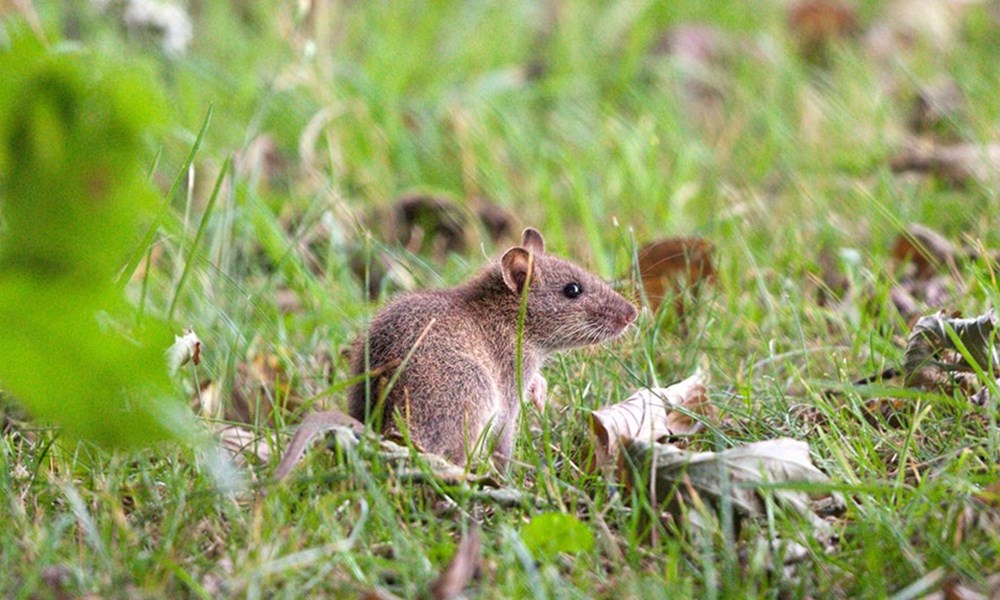Keeping Pets Safe from Mouse Traps: A Comprehensive Guide
Share
As a pet owner, ensuring the safety of your furry companions is a top priority. However, when faced with the nuisance of a rodent infestation, many turn to mouse traps, which can pose significant risks to our beloved pets. This article will explore effective strategies for keeping pets safe from mouse traps while managing rodent problems.

Understanding the Dangers of Mouse Traps
Traditional mouse traps, while effective at catching rodents, can be hazardous to pets. The mechanisms designed to trap mice can also inadvertently harm curious pets who may investigate or play with them. The dangers posed by mouse traps include physical injuries, poisoning from bait, and stress or fear induced by the trap's sudden action.
Pet-Safe Alternatives to Traditional Mouse Traps
Fortunately, there are several pet-safe alternatives to traditional mouse traps that can help mitigate the risks. One effective method is using non-toxic rodent control options that pose no harm to pets. For instance, electronic traps that use high-voltage shock to eliminate rodents instantly are enclosed, preventing pets from coming into contact with the trap's interior.
Another option is using live catch traps, which capture rodents without harming them, allowing for their safe release elsewhere. These traps can be placed in locations inaccessible to pets, further reducing any potential risk.
Implementing Natural Deterrents
In addition to traps, using natural deterrents can also be an effective strategy. Certain scents and substances are known to repel rodents without posing a threat to pets. For example, peppermint oil is a popular choice due to its strong odor, which rodents find unpleasant. Simply placing a few drops of peppermint oil on cotton balls and positioning them around the home can help deter mice from entering.
Additionally, consider sealing any potential entry points in your home to prevent rodents from gaining access in the first place. This proactive measure can greatly reduce the need for traps and deter mice from coming near your living spaces.
Best Practices for Trap Placement
When using any sort of trap, careful placement is crucial for ensuring the safety of your pets. Always place traps in areas that are out of reach for pets, such as behind appliances or in cabinets. If necessary, use barriers or gates to restrict pets' access to areas where traps are set.
Regularly check traps to ensure they remain effective and adjust their placement as needed. This will help minimize the time that traps are exposed and reduce the risk of accidental contact with pets.
Training and Supervision
Training and supervision are also essential components of keeping pets safe. Teaching pets basic commands such as 'leave it' can help prevent them from investigating traps or other potentially dangerous objects.
Moreover, supervising pets while they roam the house can prevent them from accidentally encountering traps. If you notice your pet showing interest in a trap, immediately redirect their attention to a safe toy or activity.

Conclusion
When it comes to keeping pets safe from mouse traps, a combination of thoughtful strategies and precautions is key. By opting for pet-safe alternatives, using natural deterrents, and strategically placing traps, pet owners can effectively manage rodent problems without compromising their pets' safety. Remember, the well-being of your furry friends is paramount, and taking these steps will ensure they remain safe and sound in their homes.
FAQ
Q: Are there any pet-safe mouse traps available?
A: Yes, there are pet-safe mouse traps such as electronic traps and live catch traps that prevent pets from being harmed.
Q: How can I deter mice naturally without harming my pets?
A: Using natural deterrents like peppermint oil can help repel mice without posing a risk to pets.
Q: What should I do if my pet comes into contact with a mouse trap?
A: If your pet is injured or exposed to a trap, seek immediate veterinary attention and ensure traps are placed in areas inaccessible to pets in the future.
For more information on pet-safe rodent control, visit this helpful resource.
